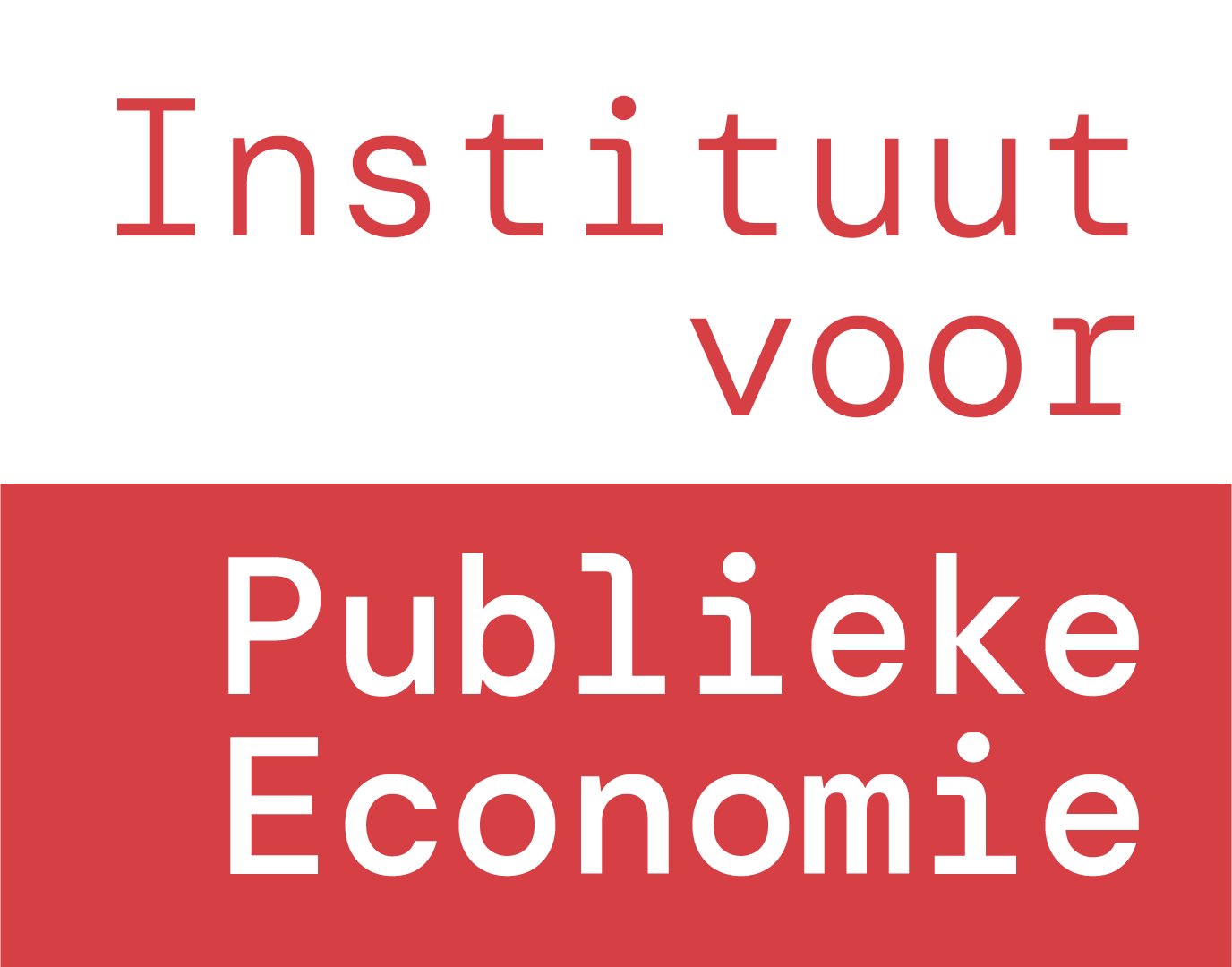Making Fiscal Space Policy-responsive
How can fiscal rules reward policies that strengthen growth and resilience instead of penalising them?
This European Macro Policy Network (EMPN) policy brief is authored by Saskia Gottschalk, Sven von Wangenheim, Cyprien Batut, Cara Dabrowski, Meryem Gökten, Philipp Heimberger, Lauri Holappa, Florian Schuster-Johnson, Bernhard Schütz, Ludovic Suttor-Sorel, Lennard Welslau, Francesco Zezza, Vinzenz Ziesemer and Otto Kyyrönen.
Executive Summary
Europe’s fiscal framework must evolve to support investment and growth. Member States face overlapping pressures – ageing populations, the energy transition, and new security imperatives – that demand reforms and sustained public and private investment. Yet the EU’s current fiscal rules incentivise short-term fiscal consolidation over long term growth-enhancing policies.
The core issue is technical but consequential: While the EU fiscal rules – primarily via the Debt Sustainability Analysis (DSA) and the EU Commonly Agreed Methodology (EUCAM) – acknowledge the impact of policies on short-term growth, they largely ignore the more structural, long-run effects of policies on potential output which is used to approximate long term growth and serves as key input for debt projections. The result is a systematic bias against long term growth-enhancing policies.
A minimally invasive methodological adjustment could correct this technical flaw. This paper proposes to make potential output estimates policy-responsive through a Policy-Responsive European Method (PREM) – a slightly modified version of the EUCAM. Policy-responsive potential output estimates should then be used to estimate fiscal space via debt sustainability analysis. This modification would allow structural policies – such as public investment, R&D expenditure, and labour-supply reforms – to affect potential output and thus fiscal space.
Simulations demonstrate its fiscal and analytical relevance. Applying this method using measures from five national medium-term fiscal-structural plans (Austria, Finland, France, Germany and Italy) shows that growth-enhancing measures increase potential output and thus expand fiscal space, while growth-reducing measures do the opposite. The approach also proposes a climate extension to integrate transition policies and physical risks into debt-sustainability assessments.
The aim are smart fiscal rules that make fiscal space policy-responsive and ensure more sustainable public finances. Making potential output responsive to policy would ensure that fiscal sustainability assessments account for the quality of fiscal measures, not only their short-term costs. It would also align incentives with the EU’s investment, competitiveness, and climate objectives – while maintaining the DSA’s rigour and comparability across Member States.
Policy Recommendations
Derive policy-responsive potential output through the PREM and feed the results into the DSA to assess fiscal space.
Integrate a climate module and climate stress tests into the DSA to capture transition policies and physical-damage risks in potential-growth projections.
Ensure transparency and replicability by publishing assumptions, elasticities, and model updates on a regular and auditable basis.

